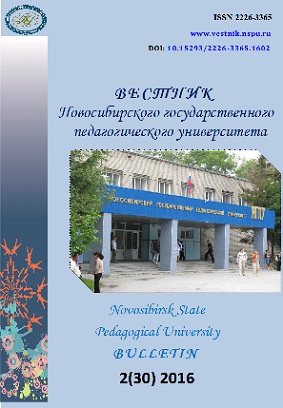Конструкции то-то и N, в том-то и N, в том-то и весь <весь и> N: корпусное исследование
Constructions to-to i N, v tom-to i N, v tom-to i ves' < ves' i> N: a corpus-based study
Author(s): Dmitrij Olegovich Dobrovol’skij, Ludmila PöppelSubject(s): Philology
Published by: Новосибирский государственный педагогический университет
Keywords: Cognitive entrenchment; corpus; fixed expressions; constructions; discursive units
Summary/Abstract: The present study aims to verify a hypothesis on the nature of lexical co-occurrence. Ac-cording to the traditional view word combination can be free or fixed. The meaning of free word combination is derived from the meanings of its elements according to grammatical and seman-tic rules. Fixed expressions are non-compositional; i.e., their meaning is not derived, or not ful-ly derived, from the meaning of their constituent parts. With the appearance of large text corpo-ra and the development of new approaches in linguistics such as Construction Grammar (CxG), it has become possible to study the frequency and hence the cognitive entrenchment of word combinations by empirical methods, particularly quantitative analysis. We are going to show that fixedness of word combinations is not necessarily connected with non-compositionality. Many constructions formed in accordance with the rules governing the co-occurrence of their elements can nevertheless be retained in memory as separate units. Using large text corpora for the empirical data we are going to analyze the types of construction to-to i N (that’s the N), v tom-to i N (that’s the N) and v tom-to i ves' < ves' i> N (that’s just the whole N) with similar se-mantics which are realized in a wide variety of tokens. We will demonstrate that some tokens of the constructions can be so frequent that they can be considered to be cognitively entrenched units and are preserved in memory as separate units of the language. Such units should be de-scribed as separate items of the lexicon. We are also going to identify some regularities of dis-tribution of fillers of the slot N in these constructions and formulate rules governing this distri-bution.
Journal: Вестник Новосибирского государственного педагогического университета
- Issue Year: 6/2016
- Issue No: 2
- Page Range: 61-72
- Page Count: 12
- Language: Russian

